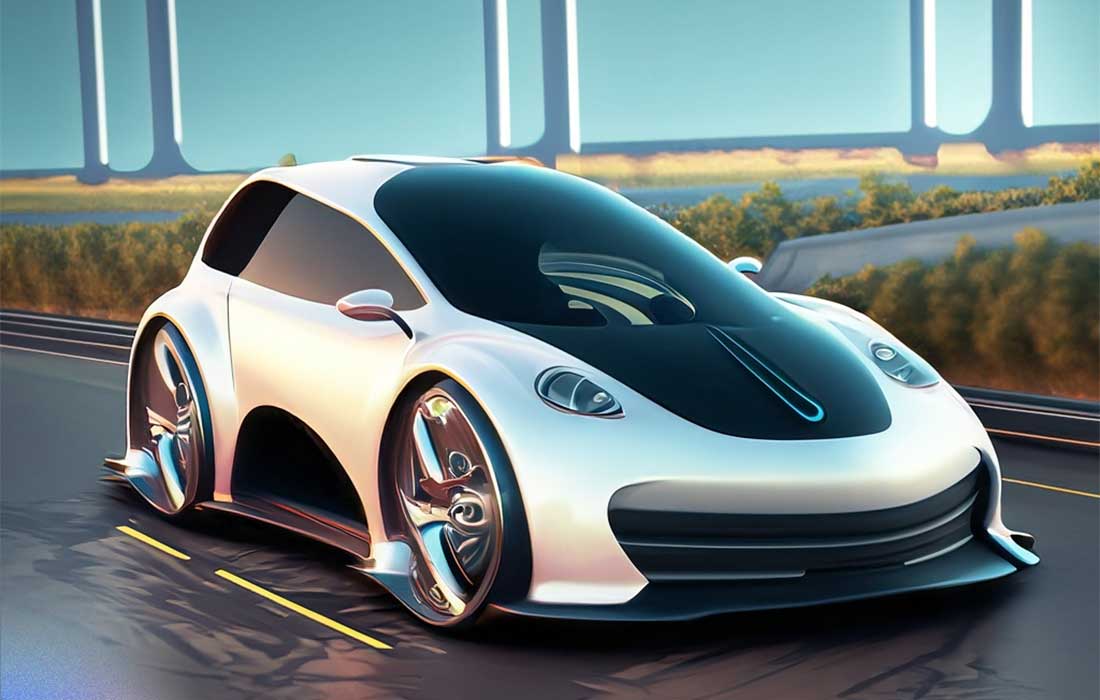We’ve all seen it in sci-fi movies: autonomous cars that whisk us from point A to B while we sit back, relax, or even catch up on some much-needed sleep. Seems far-fetched? Not quite. The era of self-driving cars isn’t a distant dream anymore, it’s here and knocking on our doors. But how did we get here, and what exactly do these cars bring to the table? Buckle up, let’s delve in!
History of Self-Driving Cars
Early attempts
The concept of self-driving cars isn’t as new as you might think. Early visions can be traced back to the 1920s and 30s, where we find remotely operated vehicles and cars guided by radio control. However, these early attempts were rudimentary at best.
The technological leaps of the 21st century accelerated the development of self-driving cars. Giants like Google, Uber, and Tesla are making significant strides, with various levels of autonomous vehicles already on our roads.
How Do Self-Driving Cars Work?
Wondering what makes these futuristic vehicles tick? Let’s break it down.
Sensors and cameras
A self-driving car is like a giant computer on wheels. It uses various sensors, radars, and cameras to understand its surroundings. LiDAR and ultrasonic sensors detect objects, while cameras provide visual input similar to human eyes.
Artificial Intelligence and Machine Learning
The brain of a self-driving car is Artificial Intelligence (AI). It processes all sensor data, makes decisions based on complex algorithms, and learns from each experience. This is where Machine Learning comes into play.
Mapping and Navigation
Self-driving cars use detailed 3D maps for navigation. Combining GPS, lidar, and other sensor data, they create a map of their environment and plot the most efficient path.
Benefits of Self-Driving Cars
Sounds fascinating, right? But what are the benefits?
Increased Safety
Around 94% of car accidents are due to human error. By eliminating the human factor, self-driving cars could significantly reduce road accidents.
Efficiency and Reduced Traffic
Autonomous vehicles could optimize fuel use and reduce traffic congestion, leading to more efficient roadways.
Accessibility
For those unable to drive due to disability, age, or other factors, self-driving cars could provide newfound freedom.
Challenges Facing Self-Driving Cars
However, it’s not all rosy. There are still challenges to overcome.
Ethical dilemmas
Who should a self-driving car prioritize in an unavoidable accident scenario? This question sparks ethical debates.
Legal and insurance issues
Determining responsibility in accidents involving autonomous cars poses new legal and insurance challenges.
Technological hurdles
While significant progress has been made, there are still technological issues to overcome, such as dealing with unpredictable human drivers.
Future of Self-Driving Cars
Despite these challenges, the future of self-driving cars looks promising. Advancements in AI and machine learning could further revolutionize our roads, creating a safer, more efficient transportation system.
Conclusion
In essence, self-driving cars are no longer a pipe dream. They’re here, they’re advancing, and they’re set to revolutionize our roads. Challenges exist, but as with any major technological shift, they’re simply hurdles on the road to progress.
Frequently Asked Questions
1. How safe are self-driving cars?
- As technology improves, self-driving cars are expected to be safer than human-driven ones, with fewer accidents caused by human error.
2. When will self-driving cars be widely available?
- It’s hard to say, but many experts predict that by the late 2020s, we’ll see a significant increase in the use of self-driving cars.
3. What are the different levels of vehicle automation?
- There are six levels, from 0 (no automation) to 5 (full automation), as defined by the Society of Automotive Engineers (SAE).
4. Can self-driving cars operate in all weather conditions?
- Currently, self-driving technology can struggle in extreme weather conditions. However, improvements are continuously being made.
5. Will self-driving cars replace human drivers completely?
- It’s possible, but not in the immediate future. The transition will likely be gradual, with both autonomous and human-driven cars coexisting for a considerable time.
“This article was crafted with the intent to shed light on the intriguing world of self-driving cars, encapsulating their origin, function, potential benefits, existing challenges, and future possibilities. Let’s embrace the future, understanding that it’s not without challenges, but filled with immense potential. The age of self-driving cars is upon us. Let’s navigate it together.”

